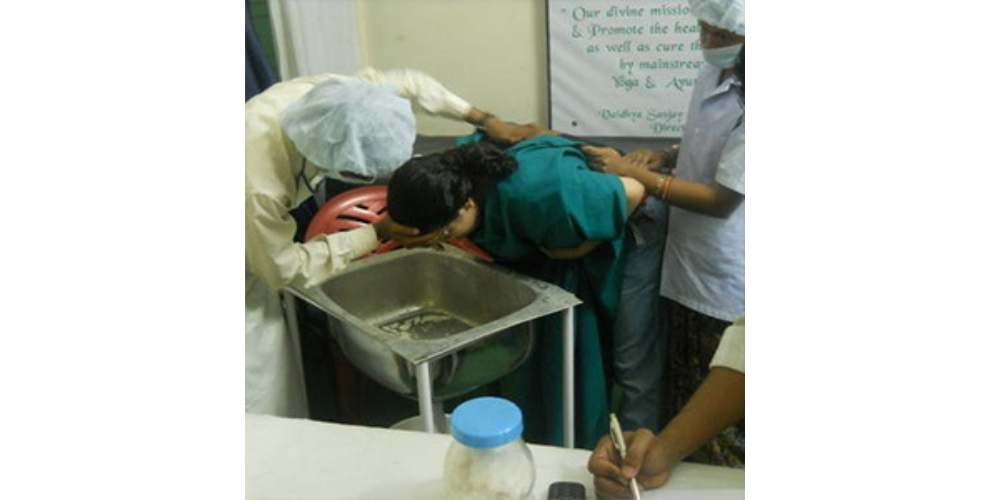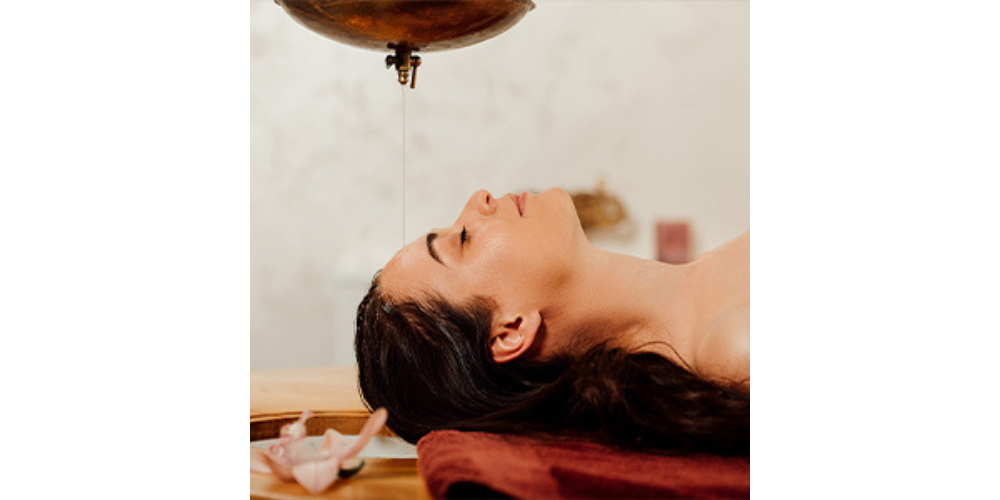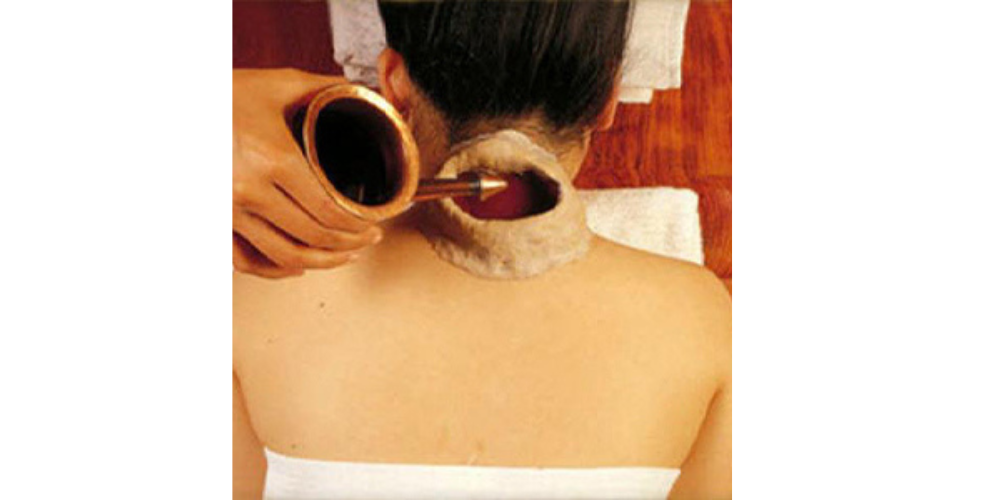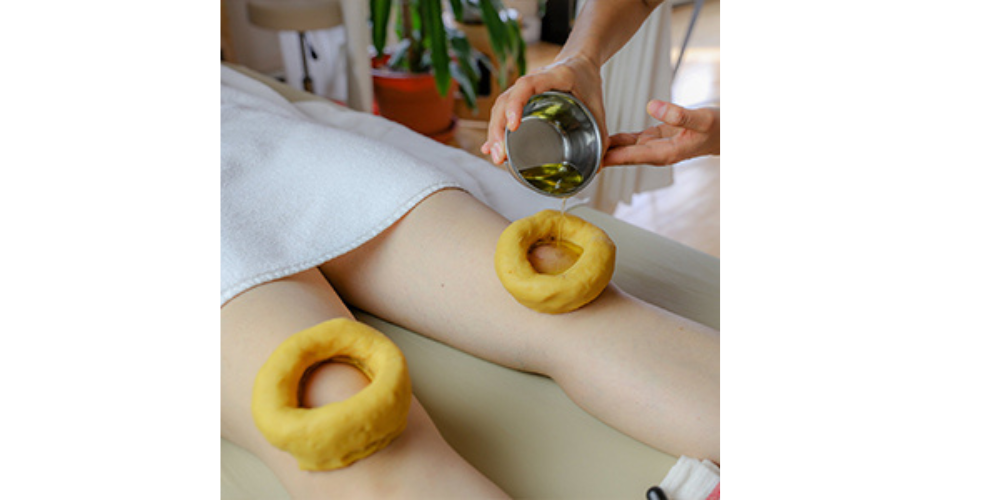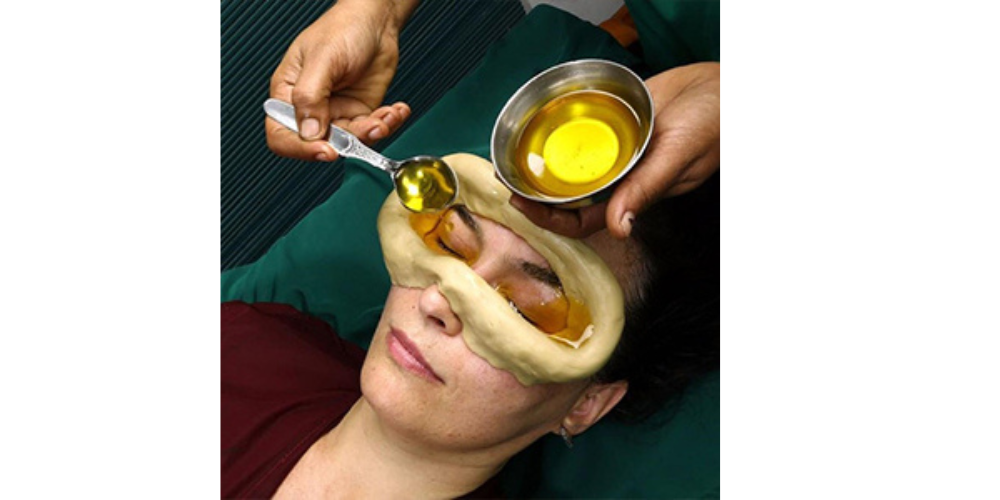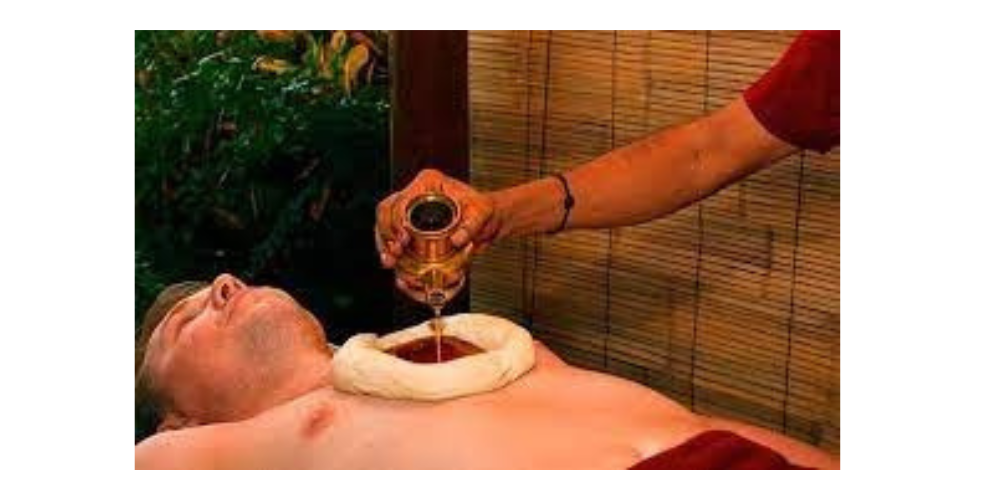Panchakarma is the purification and detoxification measure of aggravated Vata, Pitta, Kapha i.e. aggravated doshas at Waghole Ayurved Clinic
Ayurvedic treatment is based on various factors causing disease. According to this, it is divided mostly into two categories shodhana(a part of treatment used to clean a body having a large quantum of doshas/toxins) and shamana(part of treatment used to clean a body having little quantum).
Panchakarma therapy is one of the types of shodhana.
The term “Panchakarma” literally means “five actions” in Sanskrit, representing the five major procedures involved in this therapy. These procedures are Vamana (therapeutic emesis), Virechana (therapeutic purgation), Basti (medicated enema), Nasya (nasal administration of medicated substances), and Raktamokshana (bloodletting).
The Five Panchakarma Procedures:
1. Vamana: Eliminate Excess Kapha Dosha
Firstly, Vamana therapy is employed to eliminate excess Kapha dosha.
This procedure effectively cleanses and restores balance in the body.
2. Virechana: Target Pitta Dosha
Secondly, Virechana, a therapeutic procedure, specifically targets Pitta dosha.
It plays a crucial role in purifying the body and promoting overall well-being.
3. Basti: Address Vata Dosha Imbalance
Thirdly, Basti treatment is utilized to effectively address Vata dosha imbalances.
Considered one of the most important and powerful Panchakarma treatments, Basti brings remarkable results.
4. Nasya: Treat Disorders of the Head and Neck
Additionally, Nasya therapy focuses on treating disorders related to the head and neck.
This procedure aids in restoring balance and rejuvenating the entire system.
5. Raktamokshana: Purify the Blood
Lastly, Raktamokshana is a procedure employed in conditions requiring blood purification.
It eliminates toxins and significantly improves overall blood circulation.
The Comprehensive Approach of Panchakarma:
- Prepare for Panchakarma: The Poorvakarma Phase
- Prior to initiating the Panchakarma procedures, individuals undergo the Poorvakarma phase.
- This preparatory phase involves various measures such as oleation and sudation therapies.
- Consequently, these therapies effectively prepare the body for the detoxification process.
- Support Recovery and Rejuvenation: The Paschatkarma Phase
- Following the completion of Panchakarma procedures, individuals enter the Paschatkarma phase.
- This post-treatment phase plays a vital role in supporting the body’s recovery and rejuvenation.
- Notably, it helps in maintaining the long-term benefits of Panchakarma.
Beyond Detoxification: The Benefits of Panchakarma:
- Enhance Immunity and Digestion
- Panchakarma not only detoxifies but also enhances the body’s immunity and improves digestion.
- As a result, it strengthens the body’s natural defense mechanisms.
- Boost Metabolism and Mental Clarity
- Moreover, Panchakarma therapy positively impacts metabolism and promotes mental clarity.
- By aiding in toxin elimination, it rejuvenates the mind and promotes mental well-being.
- Restore Balance and Overall Well-being
- Furthermore, Panchakarma is a holistic approach that aims to restore balance and promote overall well-being.
- It effectively addresses the root cause of imbalances and brings harmony to both the body and mind.
VAMANAM :
(Induced Vomiting)
VIRECHANAM :
(Purgation)
BASTI :
(Medicated Enema)
NASYAM :
(Application of small drops of medicine through nose)
RAKTAMOKSHANM :
(Blood letting)





